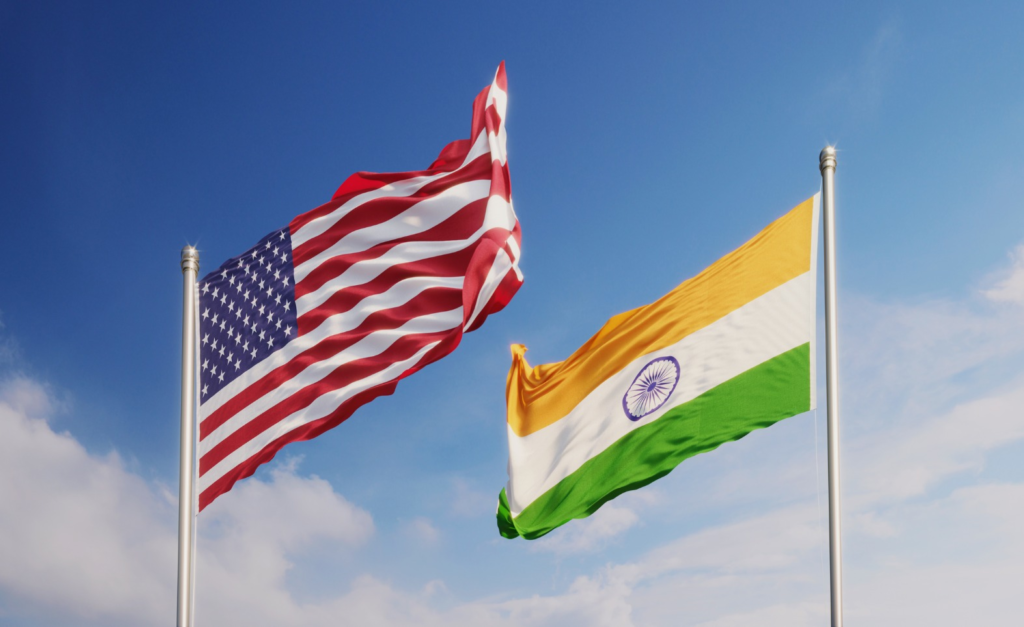The US regularly issues travel advisories for countries across the globe. These advisories are meant to guide American citizens about safety conditions while traveling abroad.

Recently, discussions around the U.S. travel advisory list have intensified, especially regarding India’s presence or absence from it. So, what are these advisories, how are they categorized, and is India currently under any warning? Let’s break it down.
What Are U.S. Travel Advisories?
The U.S. Department of State updates travel advisories based on various global risks, including crime, terrorism, civil unrest, health issues, and natural disasters. These advisories are primarily meant for U.S. citizens but are also followed globally for diplomatic and security awareness.
The advisories fall into four levels:
- Level 1: Exercise Normal Precautions
- Level 2: Exercise Increased Caution
- Level 3: Reconsider Travel
- Level 4: Do Not Travel
Each level is determined after an in-depth assessment by multiple U.S. agencies including the Centers for Disease Control and Prevention (CDC), Department of Homeland Security (DHS), and intelligence reports.
More on U.S. Travel Advisory Levels
Why Do These Advisories Matter?
Travel advisories can affect:
- Tourism: A country listed under higher risk levels often sees a drop in international tourists.
- Business Travel: Investors and global businesses may hesitate to visit countries with security warnings.
- Student & Academic Travel: Many U.S. universities follow these advisories before approving study abroad programs.
- Diplomatic Relations: The tone of advisories can indirectly reflect the U.S. government’s stance on a country’s internal affairs.
Is India on the U.S. Travel Advisory List?
Yes, India is currently under a Level 2 Travel Advisory. This means the U.S. State Department advises its citizens to “exercise increased caution” while traveling to India.
Here’s what the official advisory states:
“Exercise increased caution in India due to crime and terrorism. Some areas have increased risk.”
Why Level 2 for India?
The advisory for India mentions specific concerns in various regions:
- Jammu and Kashmir (except Ladakh): Due to the potential for terrorism and civil unrest.
- Northeastern States like Manipur and parts of Assam: Owing to occasional insurgent activity and tribal tensions.
- Crime-related Concerns in urban areas: Including scams, thefts, and reports of assaults in some cities.
It is important to note that Level 2 is not a severe warning, but a cautionary measure. The advisory does not suggest avoiding India altogether.
What Does This Mean for Indian Travelers?
Although the advisory is targeted at American citizens, Indian authorities and travelers often take note of such alerts for:
- Visa Implications: If travel warnings worsen, they can impact visa processes for students and tourists.
- International Perception: Global headlines about safety affect India’s tourism and hospitality industry.
- Reciprocal Travel Warnings: Sometimes, countries respond with their own advisories, creating diplomatic discussions.
Countries Under Stricter U.S. Advisories
As of April 2025, several nations are under Level 3 or Level 4 advisories:
- Level 4 (Do Not Travel):
- Afghanistan
- North Korea
- Yemen
- Iran
- Russia (due to the Ukraine conflict)
- Level 3 (Reconsider Travel):
- Pakistan
- Egypt
- Nigeria
- Venezuela
These advisories often relate to armed conflict, political instability, or ongoing military action.
How Often Are Advisories Updated?
The U.S. State Department regularly updates travel advisories based on:
- New intelligence
- Regional conflicts or resolution
- Pandemic outbreaks or recovery
- Local crime rates and safety improvements
For instance, during the COVID-19 pandemic, most countries were listed under Level 3 or 4, but several have now moved back to safer levels.
Travelers are urged to check advisories close to their travel date, as things can change rapidly due to political or natural events.
How Should Travelers Respond?

Here are some useful tips for anyone planning to travel to or from India:
1. Always Check the Advisory
Visit the U.S. Travel Advisory Page before booking international flights.
2. Enroll in STEP
U.S. citizens can register in the Smart Traveler Enrollment Program (STEP) to receive safety updates while abroad.
Register for STEP
3. Keep Local Emergency Numbers
Whether you’re traveling to India or the U.S., it’s wise to store local police, embassy, and hospital numbers.
4. Stay Updated
Follow updates from local news, government alerts, and reliable international outlets like:
Final Thoughts: Should You Be Concerned?
For now, India’s Level 2 status is relatively normal. Many countries fall under this category due to general crime or minor regional unrest. Tourists and business travelers still visit India in large numbers. However, it’s always wise to be aware of any changing advisory before you travel.
In conclusion, while India is on the U.S. travel advisory list, it’s not under any serious ban or extreme warning. With common sense and up-to-date information, travel between the U.S. and India remains safe and active.
For more information you can visit :
- U.S. Travel Advisories Explained
- India’s Travel Status According to U.S. Advisory
- STEP: Stay Safe While Traveling Abroad
- Full List of Level 4 Countries
- Ministry of External Affairs India
Also read – Gukesh Challenges Nakamura in Esports Stadium: Who Wins the Crown?






